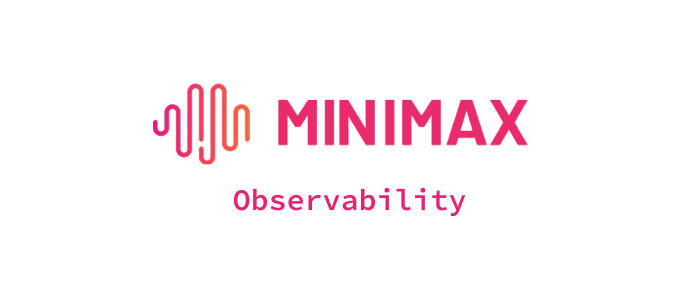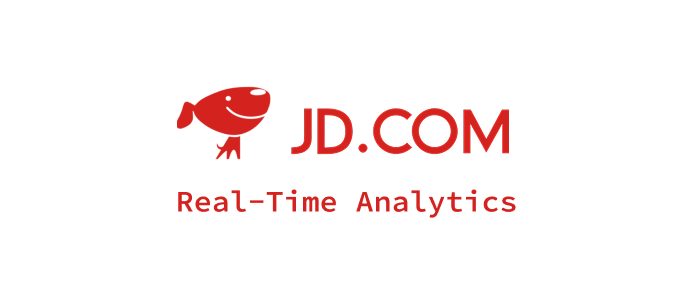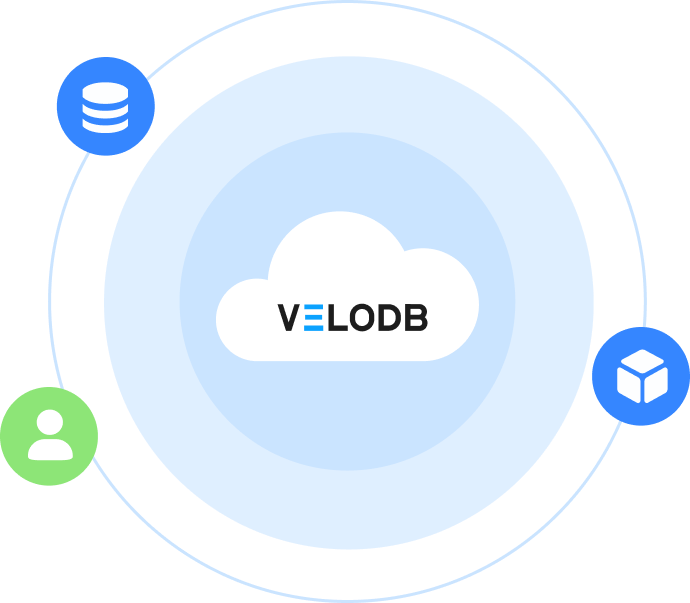1. Introduction / Background
OLAP (Online Analytical Processing) and OLTP (Online Transaction Processing) are two fundamental paradigms in database systems that serve distinctly different purposes in modern data architecture. OLTP systems are designed to handle high-frequency, real-time transactional operations with an emphasis on data consistency, speed, and concurrent user access for operational business processes. In contrast, OLAP systems are optimized for complex analytical queries, data aggregation, and business intelligence operations that process large volumes of historical data to generate insights. Understanding the differences between these systems is crucial for designing effective data architectures that support both operational efficiency and strategic decision-making in today's data-driven organizations.
2. Why We Need OLAP / OLTP
Modern businesses require fundamentally different approaches to handle operational transactions versus analytical insights, creating distinct challenges that neither system alone can adequately address:
- Operational Efficiency Demands: Real-time business operations require immediate transaction processing with guaranteed consistency, which analytical systems cannot provide efficiently.
- Analytical Performance Requirements: Complex business intelligence queries on large datasets would severely impact operational system performance if run on transactional databases.
- Conflicting Optimization Goals: Transactional systems prioritize write performance and data integrity, while analytical systems prioritize read performance and query optimization.
- Scalability Differences: Operational systems need to handle high-frequency, small transactions, while analytical systems must process large, complex queries across massive datasets.
- Data Model Variations: Normalized relational models serve transactions well, but dimensional models (star/snowflake schemas) are optimal for analytics.
OLAP and OLTP systems address these challenges by providing:
- Workload Isolation preventing analytical queries from impacting operational performance.
- Optimized Data Structures, with each system using storage and indexing strategies suited to their specific use cases.
- Specialized Processing Engines designed for either transactional consistency or analytical performance.
- Complementary Architecture where both systems work together to support complete business needs.
- Resource Optimization allowing independent scaling and tuning for different workload characteristics.
3. OLAP / OLTP Architecture and Core Components
Overall Architecture
OLAP and OLTP systems employ fundamentally different architectural approaches: OLTP uses normalized relational databases optimized for concurrent transactions, while OLAP systems use dimensional models and columnar storage optimized for analytical queries.
Key Components
3.1 OLTP System Components
- Transaction Manager: Ensures ACID properties and manages concurrent transaction execution.
- Concurrency Control: Lock management and isolation levels to handle simultaneous user operations.
- Recovery Manager: Transaction logging and rollback mechanisms for system reliability.
- Normalized Schema: Relational tables designed to minimize redundancy and maintain consistency.
3.2 OLAP System Components
- Dimensional Model: Star or snowflake schemas with fact tables and dimension tables.
- Aggregation Engine: Pre-computed summaries and materialized views for fast query response.
- Query Optimizer: Cost-based optimization for complex analytical queries.
- Columnar Storage: Column-oriented data organization for efficient analytical processing.
3.3 Data Integration Layer
- ETL/ELT Processes: Extract, Transform, Load operations moving data from OLTP to OLAP systems.
- Data Warehouse: Centralized repository for integrated historical data.
- Data Marts: Subject-specific subsets of a data warehouse for departmental analytics.
- Real-time Streaming: Modern architectures supporting near real-time data movement.
3.4 Interface and Access Layer
- OLTP Interfaces: Application APIs, web services, and transaction processing monitors.
- OLAP Interfaces: Business intelligence tools, reporting systems, and analytical dashboards.
- Query Languages: SQL optimizations specific to transactional or analytical workloads.
- Security Models: Role-based access control tailored to operational versus analytical use cases.
4. Key Features and Characteristics
4.1 OLTP Characteristics
Key Traits: Fast, atomic, consistent, isolated, and durable operations. Response times are typically in milliseconds, handling thousands of concurrent users with small data volumes per transaction. Data access patterns are random, and storage is typically normalized and row-oriented.
4.2 OLAP Characteristics
Key Traits: Complex, aggregated, historical analysis. Response times range from seconds to hours, handling hundreds of concurrent users with large data volumes per query (GB to TB). Data access is sequential, and storage is dimensional and columnar.
4.3 Performance Comparison
| Feature | OLTP Performance Profile | OLAP Performance Profile | | ------------------- | -------------------------- | ------------------------------- | | Transaction Volume | 10,000+ TPS | — | | Query Complexity | Simple, well-defined | Multi-table joins, aggregations | | Response Time | less than 100ms | Seconds to hours | | Data Access Pattern | Random, small reads/writes | Sequential, large reads | | Concurrency | High (1000+ users) | Medium (100+ analysts) | | Storage Pattern | Normalized, row-oriented | Dimensional, columnar |
4.4 Modern Hybrid Approaches
HTAP (Hybrid Transaction/Analytical Processing) systems are emerging to blur traditional boundaries, offering unified platforms that can support both transactional and analytical workloads on a single system with optimized engines.
5. Use Cases
5.1 OLTP Use Cases
- E-commerce Platforms use OLTP systems for order processing, inventory management, and payment transactions, handling thousands of concurrent users with sub-second response times.
- Financial Services leverage OLTP for ATM transactions, online banking operations, and trading systems where consistency and immediate processing are critical.
- Enterprise Resource Planning (ERP) systems use OLTP for managing supply chain operations, human resources, and financial accounting with real-time data integrity.
5.2 OLAP Use Cases
- Business Intelligence Platforms use OLAP systems for executive dashboards, financial reporting, and performance analytics across historical business data.
- Data Science Applications leverage OLAP for predictive modeling, customer segmentation, and market analysis using large-scale statistical computations.
- Regulatory Compliance systems use OLAP for audit reporting, risk analysis, and compliance monitoring across extended time periods.
6. Key Takeaways
- OLTP systems excel at high-frequency transactional operations with ACID guarantees, serving operational business processes with millisecond response times.
- OLAP systems specialize in complex analytical queries processing large volumes of historical data for business intelligence and strategic decision-making.
- Complementary architectures require both systems, with OLTP handling day-to-day operations while OLAP provides analytical insights from aggregated data.
- Modern HTAP systems blur traditional boundaries, offering unified platforms that support both transactional and analytical workloads with optimized engines.
- ETL/ELT processes bridge the gap, moving and transforming data from operational systems to analytical platforms for comprehensive business intelligence.
7. FAQ
Q: Can I use OLAP systems for transactional operations?
A: OLAP systems are not optimized for high-frequency transactions and lack the ACID guarantees required for operational systems, making them unsuitable for transactional workloads.
Q: Why can't I run analytical queries directly on OLTP systems?
A: Complex analytical queries on OLTP systems would severely impact operational performance, lock critical resources, and potentially cause system instability for business operations.
Q: What are HTAP systems and when should I use them?
A: HTAP (Hybrid Transaction/Analytical Processing) systems support both workloads on the same platform, ideal for real-time analytics but with potential trade-offs in specialized performance.
Q: How often should data be moved from OLTP to OLAP systems?
A: Data movement frequency depends on business requirements, ranging from real-time streaming for immediate insights to daily batch processing for traditional reporting needs.




